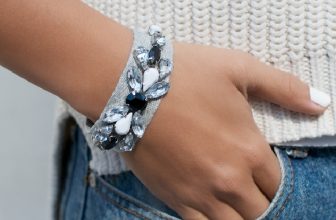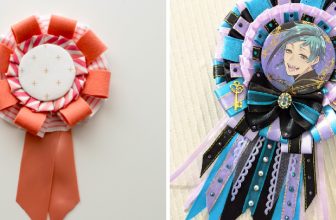How to Tell Pewter from Silver
Pewter and silver, both with their lustrous appeal, often find themselves mistaken for one another. While silver is renowned for its brilliance and value, pewter boasts a subdued elegance that has graced households for centuries. Distinguishing between these two metals is not only a matter of value but also of understanding their unique characteristics and historical significance.
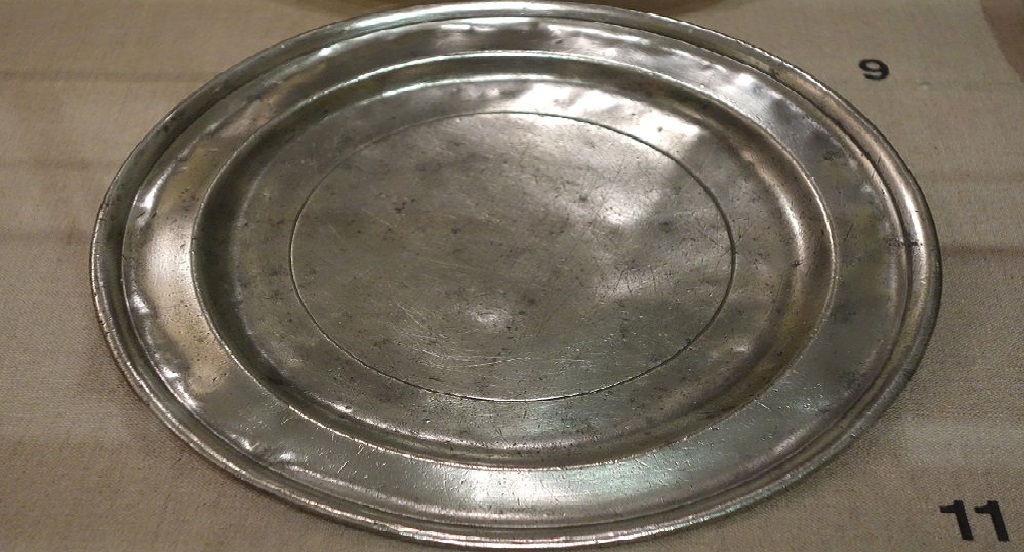
This guide endeavors to equip you with the knowledge to differentiate between pewter and silver, ensuring that you can appreciate and identify these metals with confidence. In this article on how to tell pewter from silver, we will explore the history of both metals, their properties and characteristics, how to distinguish between them, and their current uses.
The History of Pewter and Silver
Pewter has been in use for millennia, with the earliest known object dating back to 1450 BC in Egypt. It was initially made of an alloy of tin, copper, and antimony but later evolved to include lead, making it softer and more malleable. The popularity of pewter soared during the Middle Ages when silver became scarce and costly. It was the metal of choice for domestic utensils, religious objects, and decorative pieces.
On the other hand, silver’s use dates back to ancient civilizations such as Mesopotamia and Egypt. It was highly valued for its rarity, strength, and beauty. Silverware became a symbol of wealth and status among the upper class during medieval times, with intricate designs and engravings being featured on items such as cutlery, candlesticks, and jewelry.
Properties and Characteristics of Pewter and Silver
Pewter is primarily composed of tin, with small amounts of copper, antimony, and lead. It has a dull grey appearance but can be polished to a silvery shine. The addition of lead makes it softer and more pliable than silver, making it easier to work with. Pewter is also less dense than silver, making it lighter in weight.
Silver, on the other hand, is a pure metal that is highly reflective and has a bright white luster. It is much denser than pewter and has a higher melting point. Silver is also stronger than pewter, making it a popular choice for jewelry and other decorative items that require intricate designs.
Needed Materials:
To help you distinguish between pewter and silver, the following materials will be necessary:
Magnifying Glass:
A magnifying glass will help you examine the details and engravings on items to determine if they are made of pewter or silver.
Magnet:
A magnet can be used to identify pure silver, as it is not magnetic like other metals.
Acid Test Kit:
An acid test kit with nitric acid and a testing stone can be used to confirm the purity of silver, as it will create a milky color if present. Use caution when handling nitric acid, as it is corrosive.
10 Step-by-step Guidelines on How to Tell Pewter From Silver:
Step 1: Check for Hallmarks
Both pewter and silver are typically marked with stamps or engravings. These hallmarks often indicate the type of metal, the purity level, and the maker’s mark. Silver will have a “925” stamp, indicating that it is 92.5% pure silver, while pewter may have marks such as “pewter,” “Britannia metal,” or “EPNS” (electroplated nickel silver). You may need a magnifying glass to read these markings. If there are no hallmarks, proceed to the next step.
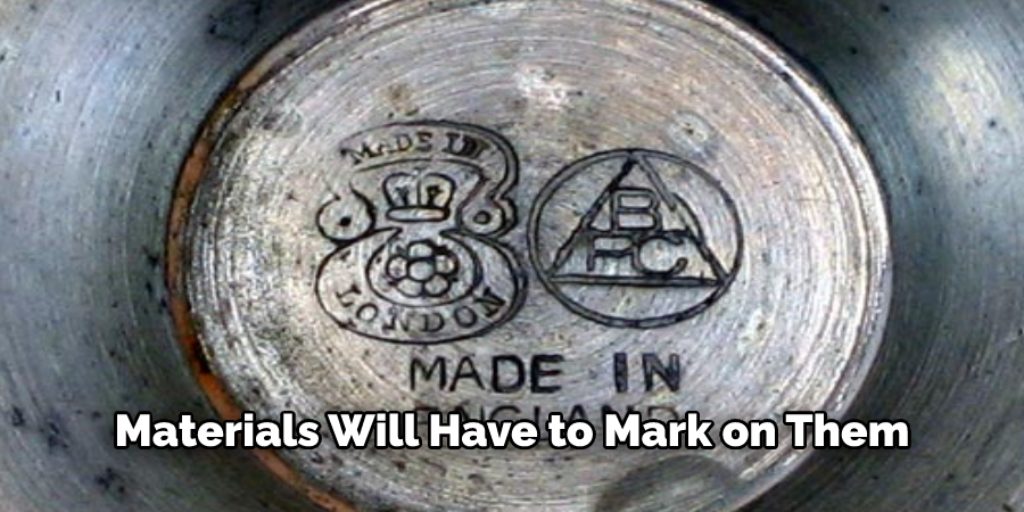
Step 2: Test the Weight
Silver is much denser than pewter, so it will feel heavier in your hand. Pick up two objects of similar size – a silver spoon and a pewter spoon, for example – and compare their weight. It should be noticeable which one is heavier. You can also lightly tap the objects against each other and listen for a difference in sound; silver will have a higher-pitched ring. The weight test is not foolproof, but it can give you a good indication of whether the object is made of pewter or silver.
Step 3: Examine the Color
Pewter has a dull grey appearance, while silver has a bright silver-white color. Pewter may be mistaken for tarnished silver, but upon closer inspection, its grey hue should remain consistent, while silver will have a blackish tarnish. You can also use a polishing cloth to gently rub the surface of the object; if it has a silvery shine, it is most likely silver. It is important to note that some old silver pieces may have a patina or aged appearance, so the color test should be used in conjunction with other methods. Although pewter is not known to tarnish like silver, it could be a giveaway.
Step 4: Look for Signs of Wear and Tear
Pewter is a soft metal that scratches easily, while silver is more durable. Check the object for signs of wear and tear; if it has visible scratches or dents, it is most likely pewter. Silver pieces may have slight scratches or tarnish but should overall be in better condition than pewter. The wear and tear test should be used alongside other methods, as some pewter objects may have been well-preserved. It is also important to note that silver-plated items may have a layer of real silver on the surface, so it is essential to look for other indicators as well.
Step 5: Study the Design
Pewter is a softer metal, making it easier to mold and bend into intricate designs. Silver, on the other hand, requires more skill to shape due to its strength. Examine the object’s design; if it has intricate engravings or details, it is more likely silver. Pewter pieces may have simpler designs or be less detailed. You should also take into consideration the object’s purpose; pewter was often used for everyday objects, while silver was reserved for more luxurious items.
Step 6: Test with a Magnet
Silver is not magnetic, so if the object is attracted to a magnet, it is not silver. However, this test is not completely reliable, as some pewter alloys may also be non-magnetic. Use this method alongside other tests to confirm your findings. You can also try placing a magnet on the object; if it falls off easily, it is most likely pewter. It should be noted that some silver pieces may have small magnetic components, such as clasps on jewelry, so this test should be used carefully.
Step 7: Analyze the Sound
As mentioned earlier, silver has a higher-pitched ring when tapped against another object. You can also gently drop a silver item and listen for a distinct ring. Pewter, on the other hand, will make a duller sound when dropped or tapped. It is recommended to use this method alongside other tests for a more accurate result. You can also try rubbing a metal object on the surface of your teeth; silver will produce a high-pitched sound, while pewter will make more of a thud.
Step 8: Conduct an Acid Test
An acid test is a chemical method that involves placing a drop of acid onto the metal’s surface to see how it reacts. Silver will have no reaction to nitric acid, while pewter will cause a chemical reaction and turn black. This test should only be done by a professional, as it can damage the object if not done correctly. But, if you have access to a silver testing kit, this is a reliable way to distinguish between pewter and silver. You can also try rubbing a small amount of lemon juice or vinegar onto the object; if it turns black, it is most likely pewter.
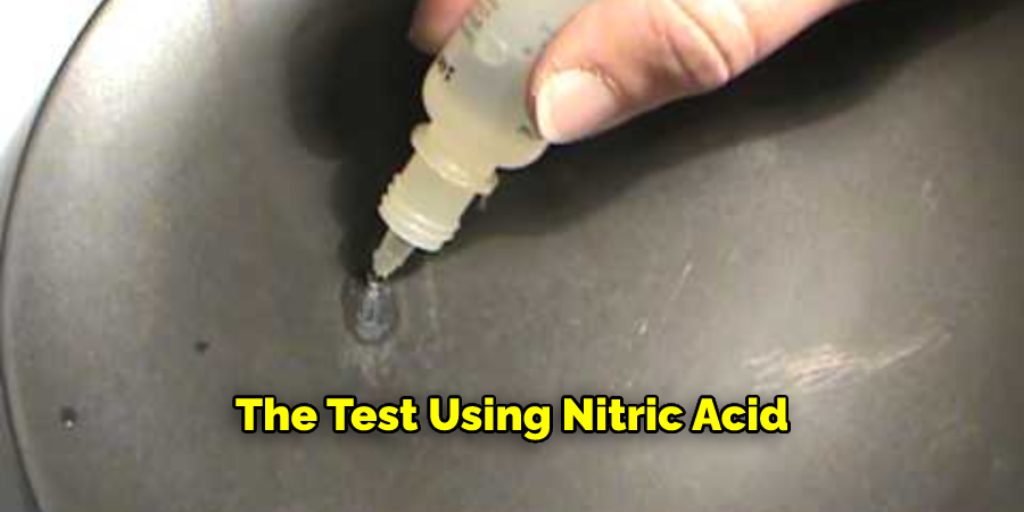
Step 9: Check for Patina
Silver pieces may have a patina or aged appearance due to prolonged exposure to air and moisture. However, this can also occur with pewter. Examine the object for signs of patina; if it appears to be a consistent color throughout, it is most likely pewter. If there are areas with a distinct green or blue hue, it may be silver. A patina test should only be used alongside other methods. You can also try wiping the object with a soft cloth; if it leaves a black residue, it is most likely pewter.
Step 10: Consider the Time Period
Pewter was commonly used in the 18th and 19th centuries, while silver has been used for centuries. If you are unsure about an object’s age, it may be helpful to research when pewter was popular in a particular region or culture. This can give you a better idea of what material the object is most likely made from. It is also important to note that new pewter pieces may be intentionally aged or given a patina to mimic antique objects, so other methods should also be used.
By following these steps on how to tell pewter from silver, you can confidently determine whether an object is made of pewter or silver. These methods should be used in conjunction with each other to get the most accurate result. If you are still unsure, consulting a professional may also be helpful. Knowing the difference between pewter and silver can help you accurately assess the value and authenticity of objects in your possession or when purchasing items.
Additional Tips:
- Keep in mind that some pewter pieces may have a silver plating, giving them a shiny appearance similar to silver. In this case, the other methods are used to determine the base metal.
- If you are unsure about an object’s material, it is always best to consult with an expert or do further research before making any assumptions.
- When shopping for antique objects, be wary of sellers who claim an item is made of silver without providing any supporting evidence.
- Remember to handle metal objects carefully and avoid damaging them during testing.
- Silver and pewter can both make beautiful additions to your home decor or jewelry collection; whether it is silver or pewter, appreciate the unique qualities each metal has to offer.
- Stay curious and continue learning about different types of metals and their characteristics. Happy testing!
In addition to these tips, it is also important to consider the value and rarity of pewter and silver objects. Silver is typically more valuable due to its scarcity and historical significance, while pewter may be more affordable but still holds sentimental or historical value. It is always recommended to properly care for both pewter and silver items to preserve their beauty and authenticity.
So, next time you come across a metal object that catches your eye, use these methods to determine if it is pewter or silver. Enjoy the excitement of uncovering the material and history behind each unique piece!
Do You Need to Use Professionals Help?
If you are unsure about the material of an object or need a more precise analysis, it is best to consult with a professional appraiser or jeweler who specializes in identifying different metals. They have the necessary tools and expertise to accurately determine the material and value of an item. Additionally, they can provide documentation for authentication if needed.
While using these methods on your own can give you a good indication of what material an object is made from, it is always best to seek professional assistance for valuable or historical items. So, if in doubt, do not hesitate to seek help from professionals. They can also provide valuable insights and information about the object’s history and significance.
With this knowledge, you can appreciate the object even more and make informed decisions when it comes to buying, selling, or preserving it. You can also impress your friends and family with your newfound expertise in identifying pewter and silver! So, go ahead and put these methods to the test on your next metal object discovery.
Frequently Asked Questions:
Q: Can Pewter and Silver Be Mixed or Blended Together?
A: Yes, it is possible for pewter and silver to be combined in an alloy. This can make it more challenging to determine the exact composition of the metal, so using multiple methods may be necessary. You can also consult with a professional to confirm the exact composition of the metal.
Q: Can Silver-Plated Objects be Considered as Silver?
A: While silver-plated objects may have a thin layer of silver on the surface, they are not considered pure silver. These objects should be labeled as such and cannot be treated or valued the same way as solid silver items. It is important to properly care for silver-plated objects to maintain their appearance and prevent any damage to the plating. Overall, it is best to always confirm the composition of a metal object before assuming it is pure silver.
Q: Are There Other Methods to Test for Silver and Pewter?
A: Yes, there are other methods that can be used to test for silver and pewter, such as X-ray fluorescence or magnetic testing. However, these methods may require specialized equipment and should be done by a professional. The methods outlined in this guide are accessible and can be done at home with minimal supplies. It is always recommended to use multiple methods for a more accurate result.
Q: Is it Possible for Pewter to Contain Small Amounts of Silver?
A: Yes, pewter may contain small amounts of silver as part of its composition. This can make it challenging to distinguish between the two metals, but using multiple methods can help determine the dominant metal in the alloy. As mentioned before, consulting with a professional may also be helpful in these cases. Remember to handle all metal objects carefully to avoid any potential damage or harm.
Q: Can I Use These Methods to Test for Other Types of Metals?
A: While these methods are specifically designed for determining pewter and silver, they may also be effective in testing for other types of metals. However, it is always best to do further research or consult with an expert for a more accurate result. Also, keep in mind that some metals may require different testing methods.
Q: Can I Use Lemon Juice or Vinegar to Test for Silver and Pewter?
A: While some sources suggest using lemon juice or vinegar to test for silver, these methods have not been scientifically proven and may not give accurate results. It is best to stick with the methods outlined in this guide for more reliable testing. Remember, always handle metal objects carefully and avoid damaging them during testing.
Conclusion:
In conclusion on how to tell pewter from silver, distinguishing between pewter and silver can be an intriguing process, enhancing your understanding and appreciation of these metals. By applying the outlined methods, you’ll increase your chances of accurately identifying the material of your items, whether for collection purposes, valuation, or simple curiosity. Remember, the key is to use these methods in conjunction with one another for the most reliable results.
And when in doubt, seeking the insight of a professional can provide clarity and assurance. The world of metal objects is rich and varied, and your newfound knowledge of pewter and silver is a valuable tool in navigating it. Happy exploring!
you may also read now



